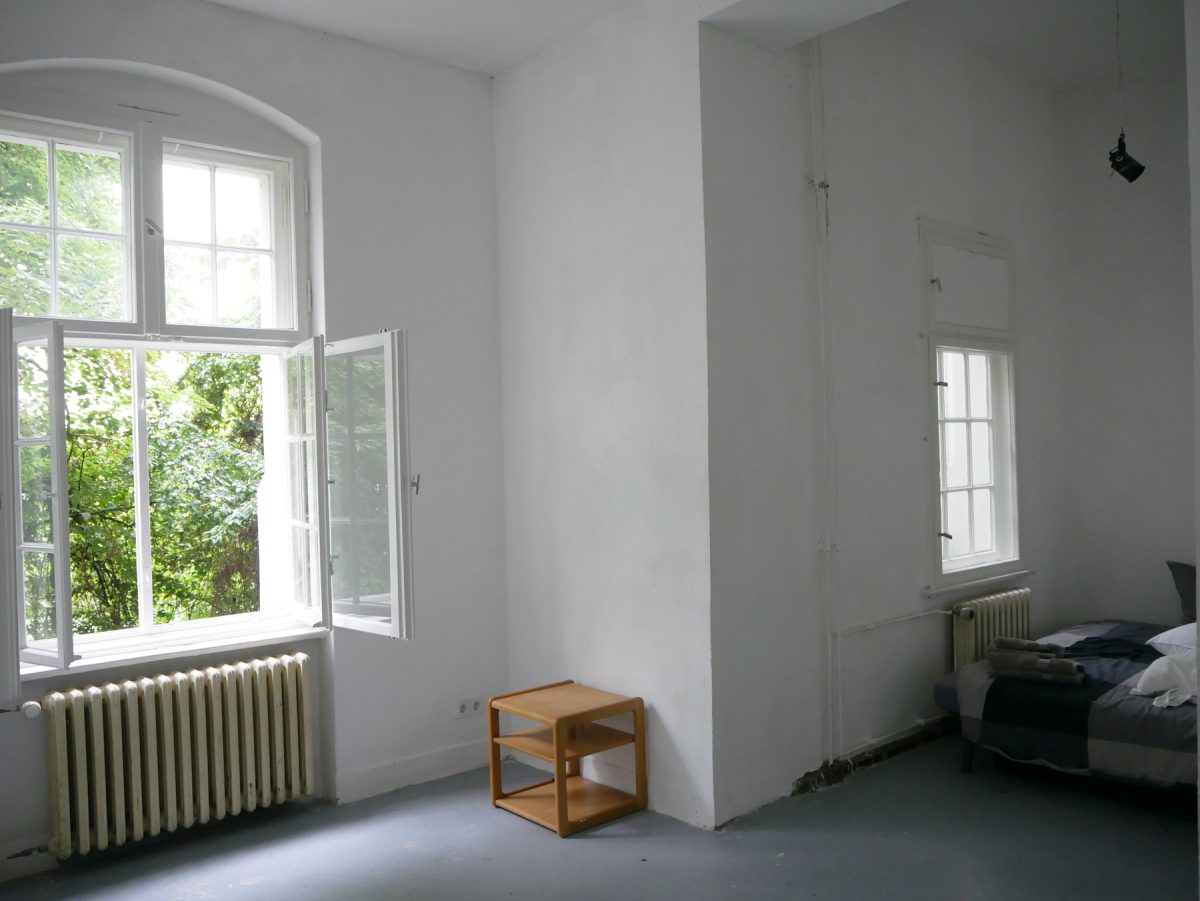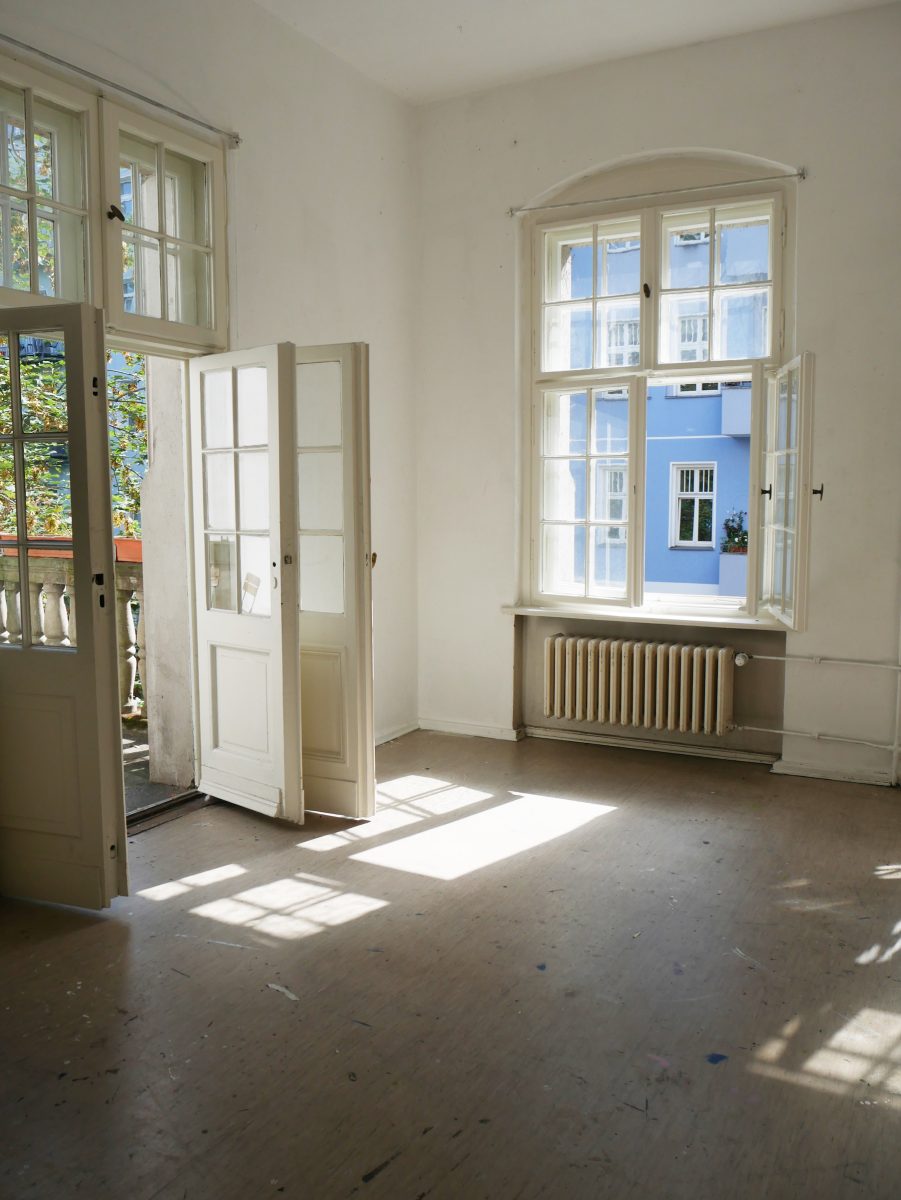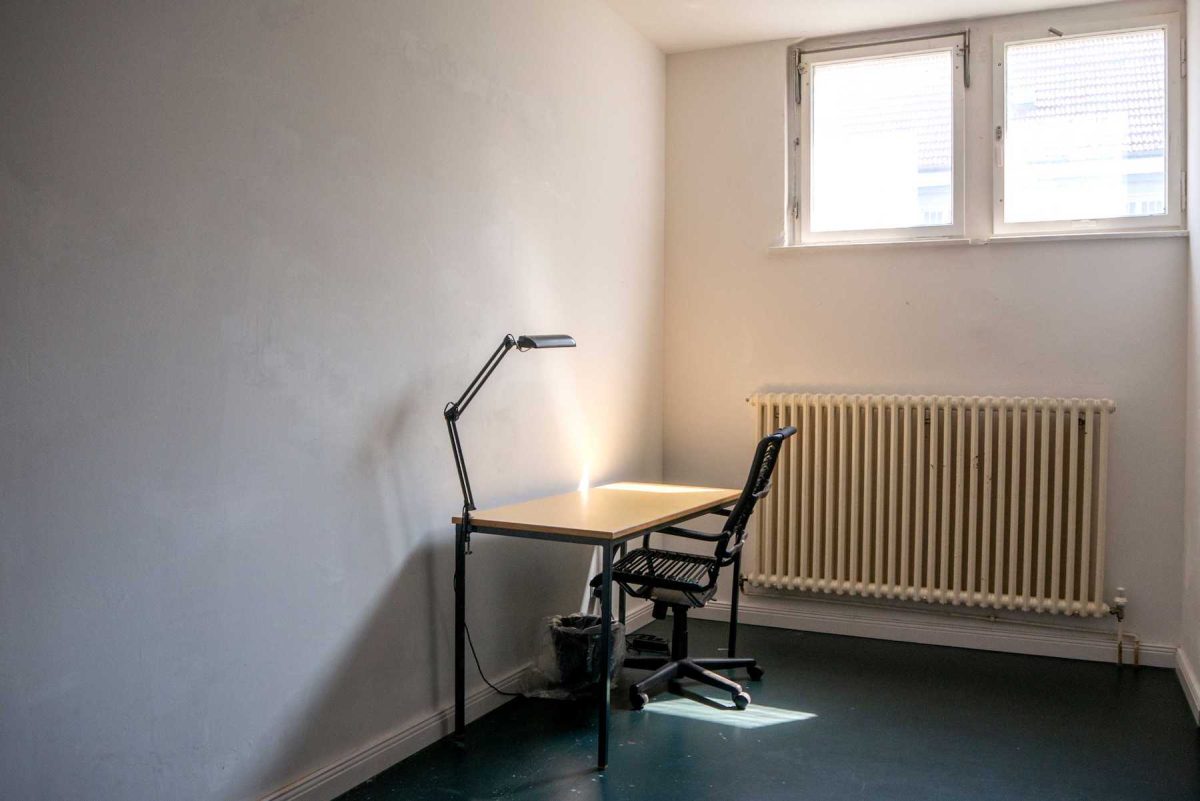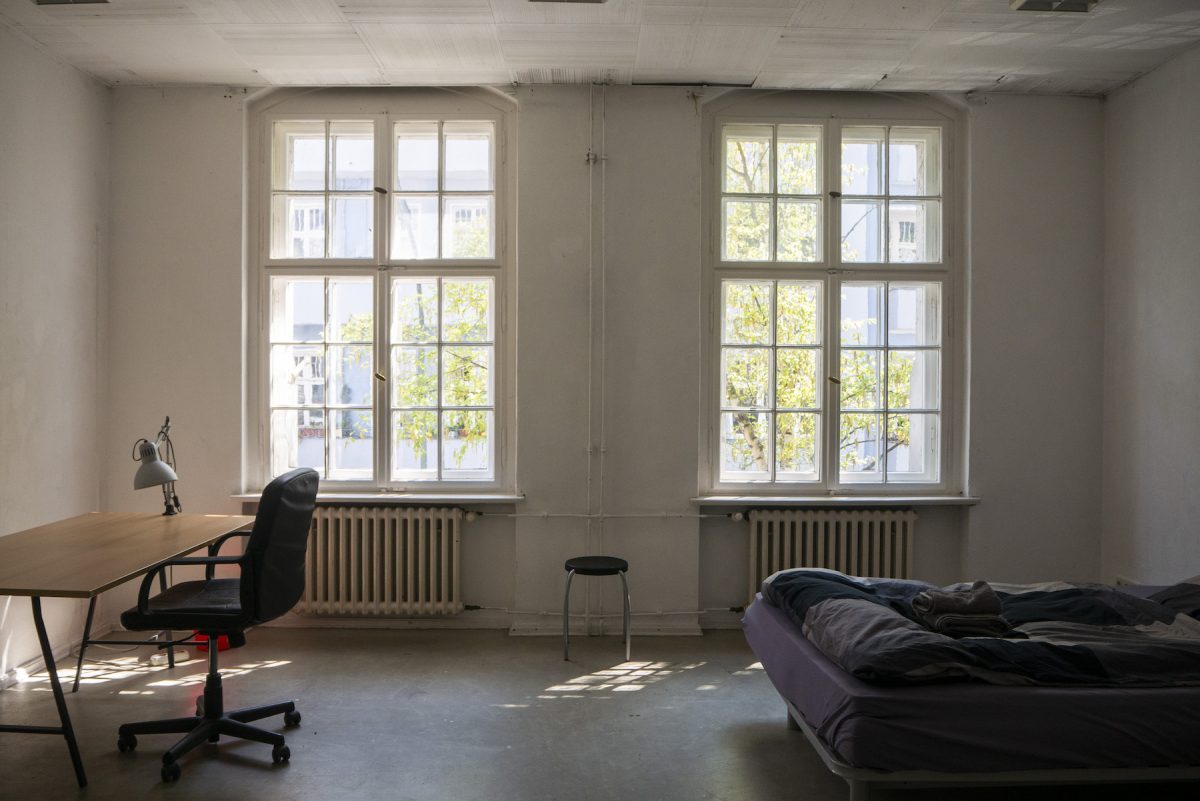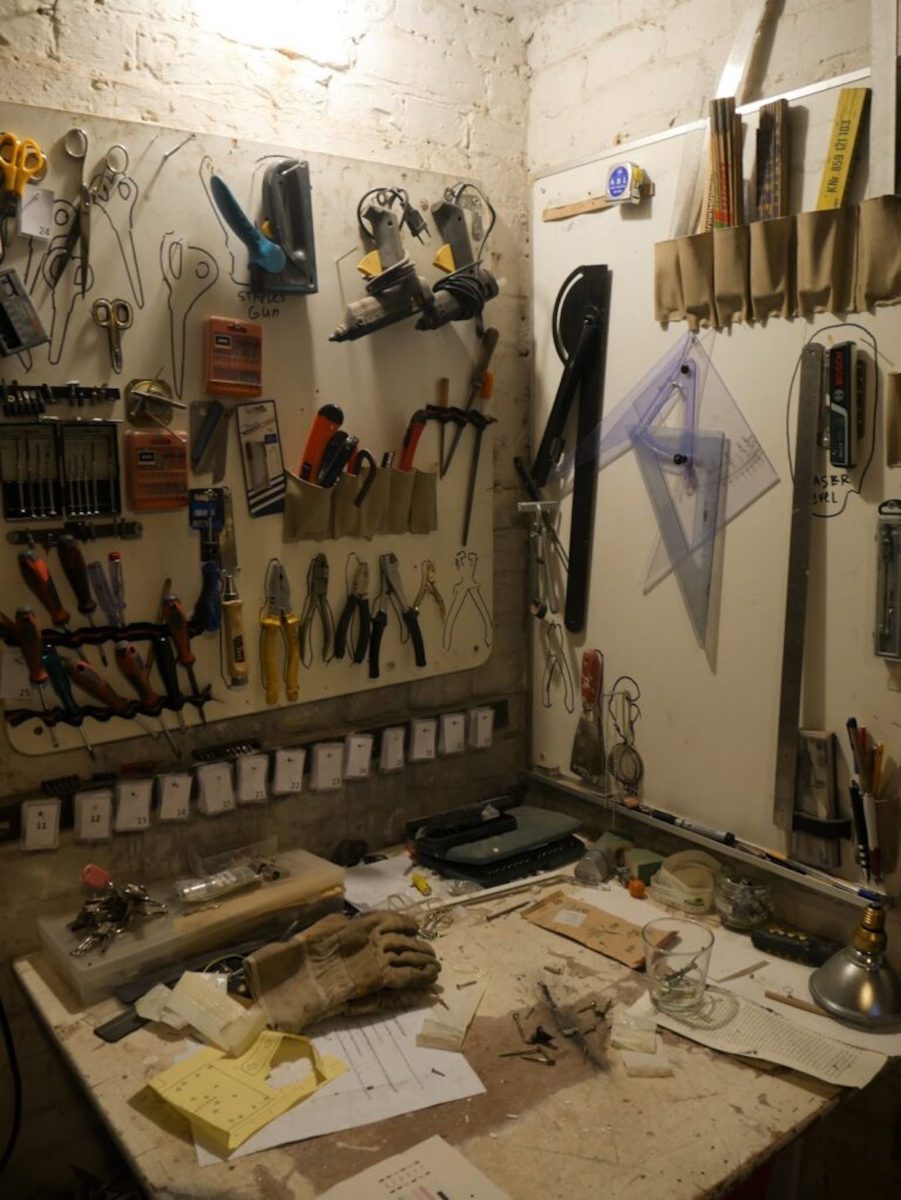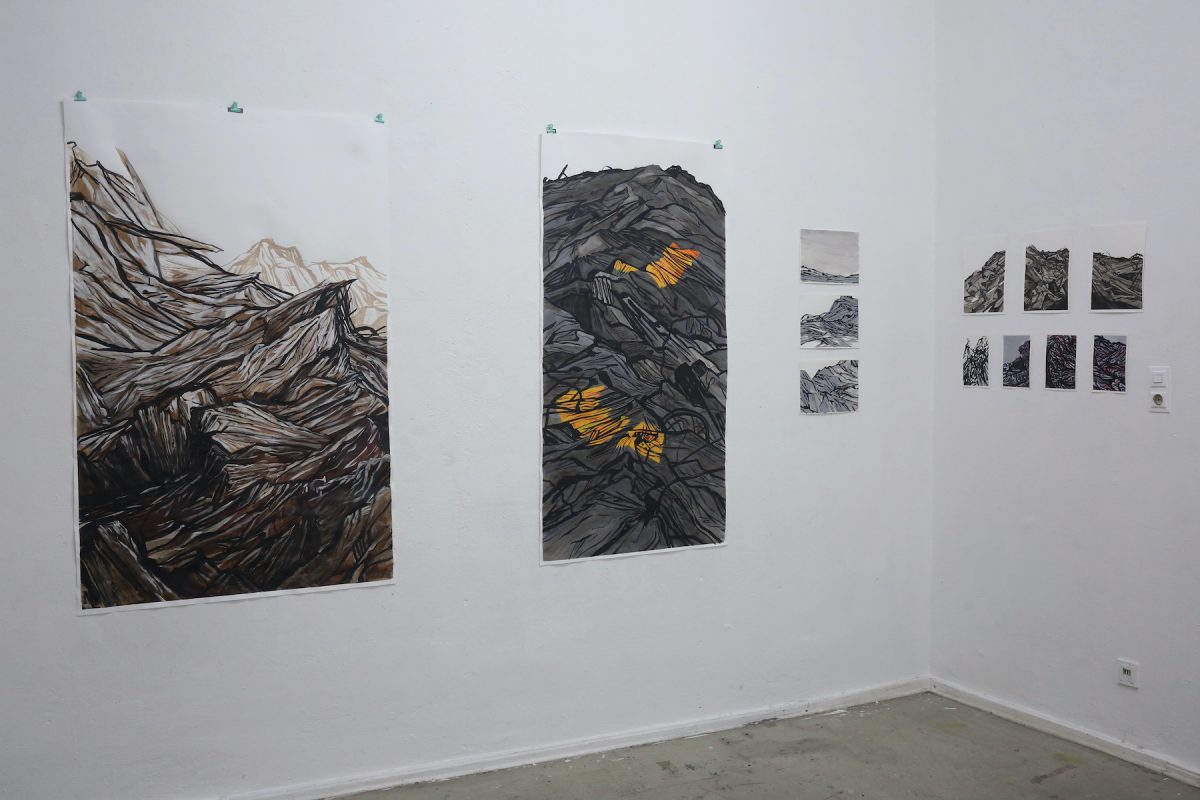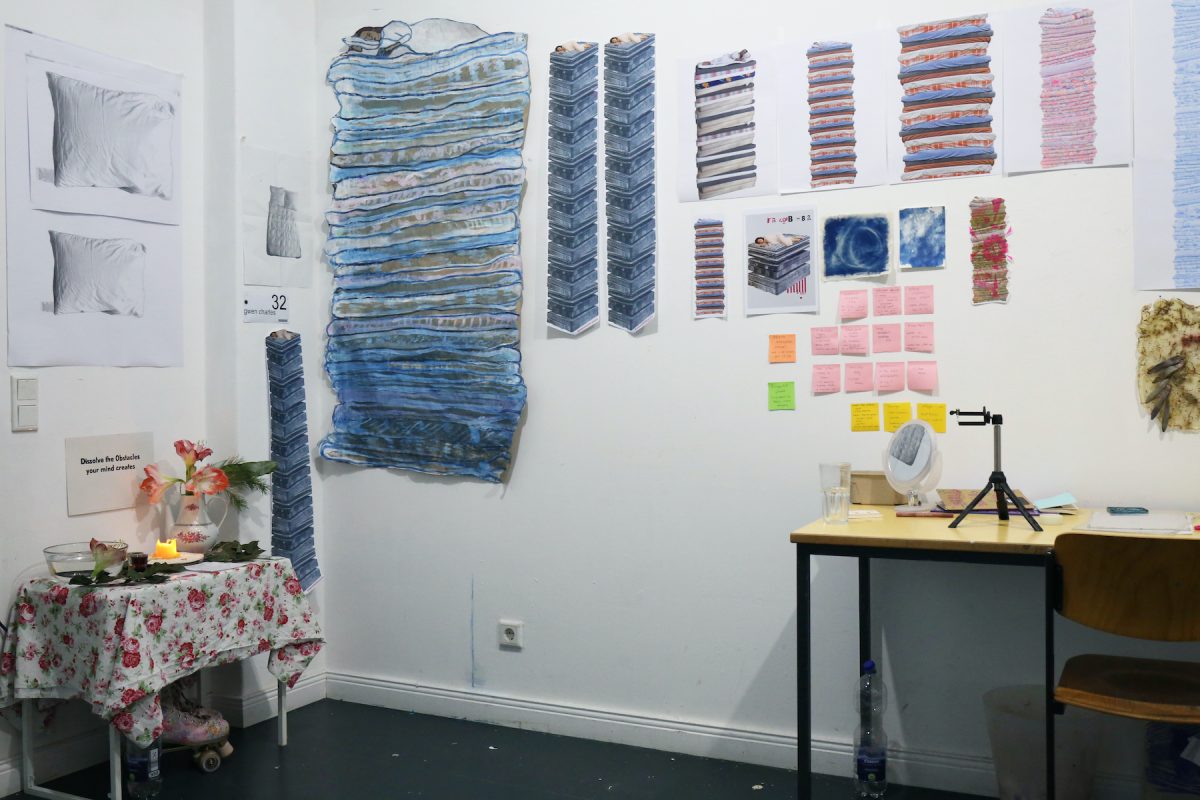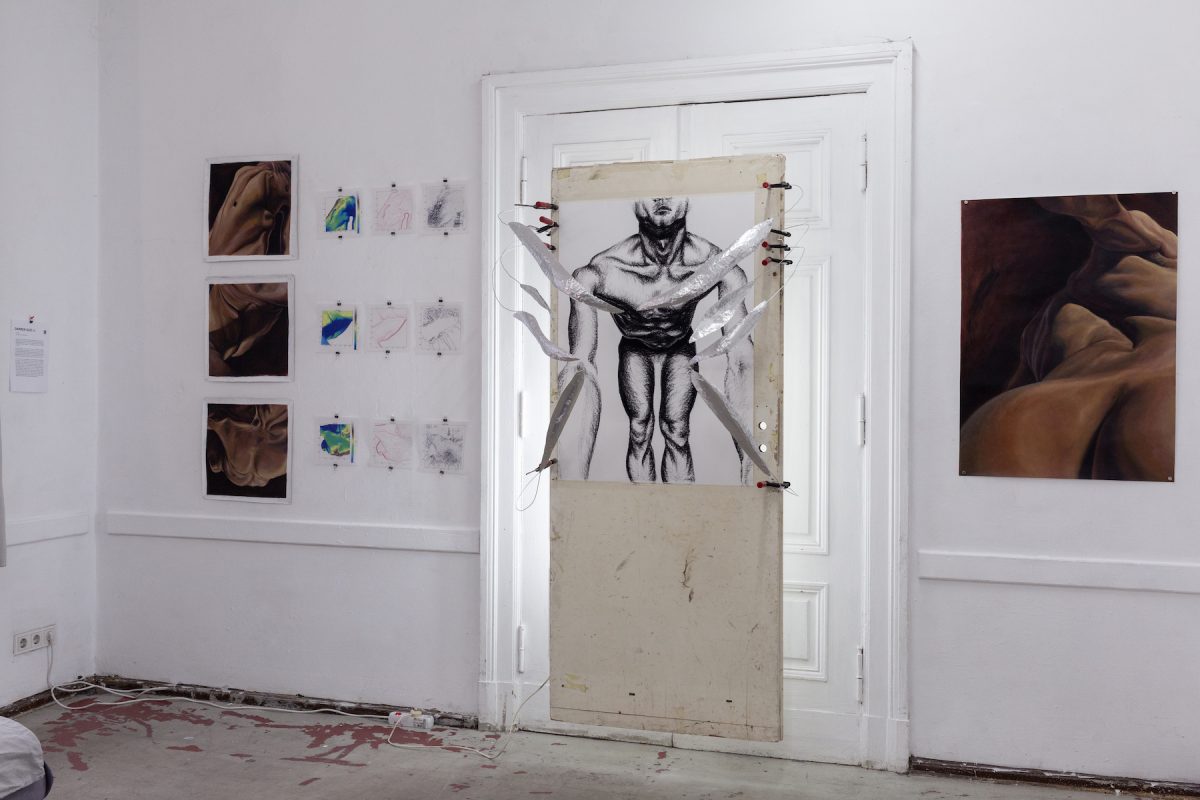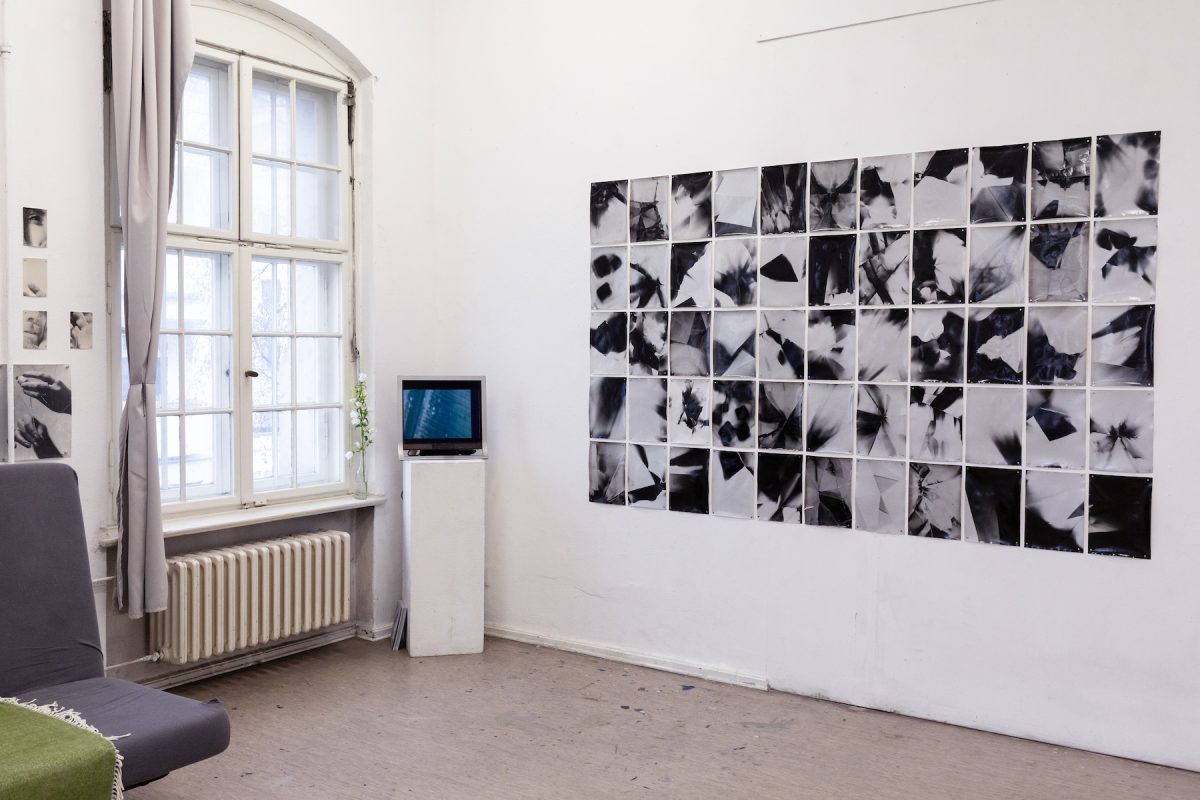Residency
GlogauAIR is a non-profit organization founded in 2006 by the Spanish artist Chema Alvargonzalez with the intention to create a meeting point between artists from all disciplines to work in collaboration, expanding their practice in terms of material, format, and style in the city of Berlin. GlogauAIR was created as a meeting point between artists from all disciplines where they can work in collaboration and expand their practice, while exploring and interacting with the city of Berlin.
Artists in GlogauAIR’s on-site Residency Program live and work in one of thirteen studios. They receive curatorial and technical support, as well as a diverse program that aims to help them in their professional careers; encouraging not only the development of the artist’s work but also the opportunity to share ideas and opinions with the other artists.
Artists in GlogauAIR’s on-line Residency Program have the opportunity to receive weekly curatorial support and guidance with our experienced curators, group meetings with their residency group and curator, and a full programme of workshops over the 3 months, all from the comfort of their own home or studio.
At GlogauAIR you will join a network of international artists who have participated in our program over the past 19 years. GlogauAIR alumni continue their practice all over the world including many artists who live and work today in Berlin.
On-site Residency
The on-site residency is located in a historicist building originally designed as a school, located in the heart of Kreuzberg, Berlin.
There are 13 studios distributed over 3 floors of the building. Each floor has a fully equipped shared kitchen, shower, WC and WIFI. Basic expenses, including maintenance, water, heating, gas, electricity, internet, and utilities are included in the rent. You will also have access to our garden and project space when it is not rented.
The studios are fully equipped with a double bed, bed linens + towels, desk, desk chair, bookshelf, table lamp, clothes rail, and stool. Extra furniture is available from our basement.
The residency programme is shaped under the tenets of ‘Explore, Create, Exhibit’. As part of the residency program, 13 international artists, with diverse social and geographical backgrounds, receive curatorial support, technical support and develop their work in a dynamic community. Simultaneously they will get to know a new culture and landscape, gaining influences from Berlin, which is renowned for its contemporary culture.
Residency costs
- Accommodation 700 € / month. The studio rent is the same, regardless of the size of the studio. The rental fee includes the use of the studio, as well as the fully equipped shared kitchens, bathrooms, and our garden. * If you are attending as an artistic duo, the rental fee is 900 € / month.
- Program Fee 1.500 € per quarter (paid 1 month in advance of arrival).
- Deposit guarantee 1.000 € Mandatory payment to book the studio and confirm participation in the program. This amount is refunded within 30 days once the artist has finished the residency and leaves the studio space in the same initial condition.
The Program fee includes:
- Individual Curatorial Meetings: Throughout the residency period the artist will have the chance to meet our on-site Curator individually. The meetings are open for the artist to have professional insight and feedback on the development of their practice. Meetings can be scheduled as frequently as the artist desires.
- Technical Support: Our on-site technician will provide assistance and advice to help you actualize your projects, support your showcase window installation, and provide assistance for the open studios.
- Equipment and Tools: You will have access to all the equipment and tools available in the residency, including basic tools, woodworking tools, and multimedia equipment such as projectors and screens.
- External Curator Visit: Every semester we invite an external curator to visit each artist’s studio to provide feedback and advice on their projects in preparation for the Open Studios.
- Program of activities and events: During the semester the artists will have the chance to participate in programmed workshops centred on professionalizing your artistic documentation such as the artistic CV, portfolio, and artist statement. There will also be field trips and tours to a variety of institutions and galleries accompanied by the on-site Curator.
- Showcase Window: The Showcase Window is an ever-changing project taking place in the street-facing vitrine of GlogauAIR. Each artist will have the opportunity to exhibit their work for a week in this unique space during the residency.
- Open Studios: Our main activity and event are GlogauAIR’s Open Studios, which are held at the end of every residency. During this two-day event, all of our artists will showcase their work to the public. On the Saturday there is a curatorial tour through the entire residency. In addition, we invite gallerists, curators, and art professionals to the event.
- Instagram Takeover: With the Instagram takeover #Letmeshowthistoyou, followers can get a glimpse into the artistic practice and process of GlogauAIR’s artists. Coinciding with the week of your showcase installation, artists will collaborate with GlogauAIR’s Instagram page sharing insights of their life at the residency.
- Residency Collaboration: Studio visits with other Berlin-based artist residencies take place each semester. These will be held with various institutions, giving the artists the unique chance to show their work and discover other resident artists and programs in Berlin.
- What’s On: What’s On is our weekly newsletter shared with the artists keeping them informed of openings, events, workshops, and open calls.
- Artist Interviews: our Curatorial Intern will conduct artist interviews as part of their internship program, while the Media Intern will photograph you and your studio.These interviews will be published on our website.
- Peer to Peer reviews: you will have the chance to present your project to your fellow residents throughout the residency period. This is useful to gather feedback and build your project further.
- Project Space: when our project space is not rented out artists are free to use the project space to work from, hold workshops, photograph work in, host residency dinners, and more.
- Media and communication:
- The creation, editing, and printing of a Catalogue
- The creation and distributions of Flyers
- The distribution of a Press Release
- Images for promotional materials
- Website space: one page will be created with your profile
- The campaign for the promotion of the Open Studios Event
- Our team will post about your work during your time at GlogauAIR and create useful exposure through our networking and social media platforms.
✶ Download the On-site Residency Information PDF ✶
For frequently asked questions, click here
On-line Residency
The on-line program is for artists who aren’t able to travel and is more flexible to allow artists to continue to live and work in their existing setting while still experiencing international exchange and professional support. The program includes curatorial support and mentoring sessions, regular group meetings, and talks by experts and workshops. Residents will be assigned a curator depending on their location and time zone. The schedule will be decided together with the curator and residents based on availability and time difference.
Residency costs
- Program Fee 900 € - can be paid in three installments with the first installment in advance to secure the spot on the program.
The programme fee includes:
- Curatorial Support: GlogauAIR offers the assistance of an international curator part of the GlogauAIR curatorial team, who will provide guidance and support through weekly individual video or phone calls, expanding your creative experience and opening new professional horizons in the art and cultural field.
- Group meetings: there will be weekly group meetings with your residency group and curator
- Programme of events: during the semester there are a variety of workshops for example ‘art marketing tools’ and ‘creating your own portfolio and CV’
- External Curator: Exchanges with other Berlin-based art professionals will be held at least one time during the three months. In a video meeting, a guest professional (curator, gallerist or cultural manager) will have an individual session with each artist to know more about the resident's work, give feedback and advice to improve their career and current project.
- Catalogue: GlogauAIR creates a publication featuring participating artists of each edition, available both online and on-site in Berlin. Each artist is given a dedicated page with a statement text and image of their project. Online residents will also receive printed catalogues.
- Instagram Takeover: With the Instagram takeover #Letmeshowthistoyou, followers can get a glimpse into the artistic practice and process of GlogauAIR’s artists. Coinciding with the week of your showcase installation, artists will collaborate with GlogauAIR’s Instagram page sharing insights of their life and work.
- [Virtual] Open Studios: GlogauAIR's virtual open studios is a quarterly showcase of resident artists and their newly created artworks, reimagined in a digital context. The event allows global accessibility to our residency program and enables artists to share their work with their own network, regardless of location.
- Networking opportunities: Our team will post about your work during your time at GlogauAIR and create useful exposure through our networking and social media platforms.
✶ Download the On-line Residency Information PDF ✶
For frequently asked questions, click here

